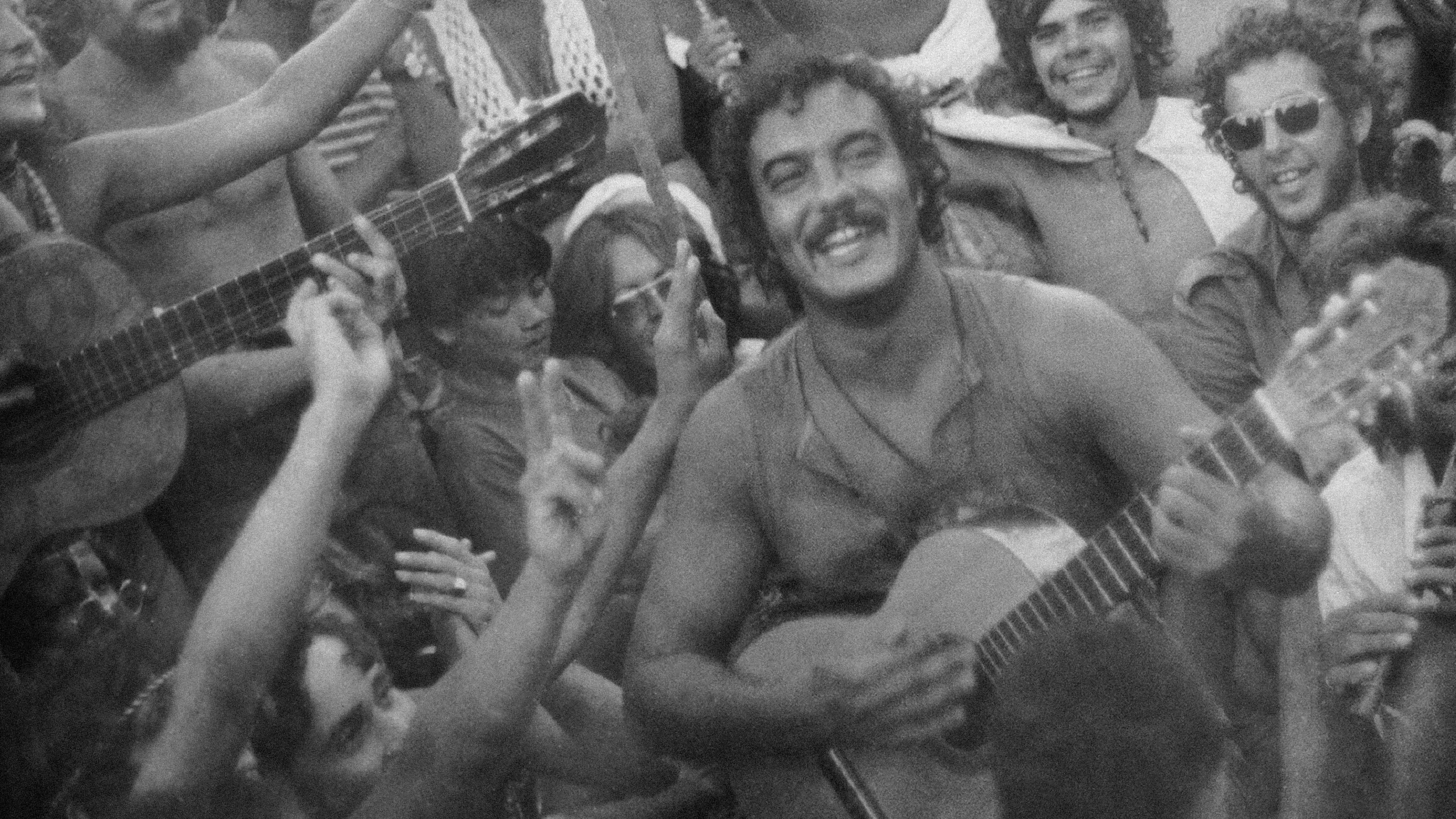Erasmo Carlos
Erasmo Carlos E Os Tremendões (7/10)
Carlos, ERASMO (7/10)
Sonhos E Memórias 1941–1972 (8/10)
LIGHT IN THE ATTIC
If you’re familiar with Erasmo Carlos, you’re probably from Brazil. Unlike Caetano Veloso, Gilberto Gil, or Os Mutantes, his music hasn’t quite travelled the thoroughfares up into North American consciousness. Carlos and his peers Tim Maia and Roberto Carlos (no relation) were inspired by rowdy American rock and roll and the first wave of the British Invasion. The music that they would go on to make is similar to the French yé-yé sound: mod-ish dance pop infused with a fair amount of samba and soul. Roberto and Erasmo’s ensuing creative partnership is one of the longest in contemporary pop music (and one of the most successful), but the albums covered in this Light in the Attic reissue are not responsible for that success. These three showed Erasmo Carlos breaking the ’60s pop mold and taking influence from the counterculture and fellow rule-breakers in Tropicália.
1970’s Erasmo Carlos E Os Tremendões kicks off this deep look into a fascinating discography with luscious Bacharach-style sweetness on “Teletema,” in which Carlos whisper-sings amidst “oohs” and “ahhs” à la Astrud Gilberto. His breathless quality is heard on “Saudosismo,” a song more closely identified with Veloso and Gal Costa. “Menina” is another bit of low-key melancholy funk, its orchestration soaring until it walks between the soaringly romantic and the deeply groovy. Tracks like “Jeep” and “A Bronca da Galinha (Porque Viu O Galo Com Outra)” point the way forward with their more dance-floor-friendly approach, giving a brief glimpse of the kind of organ-driven soul-jazz you might hear in Rio in the late ’60s.
Carlos, ERASMO hit a year later and you can hear a difference from note one. Just a few years earlier, he was part of Jovem Guarda (a kind of teen bubblegum show that blossomed into a short-lived style) and now here he was, floppy hat and vest, looking like the Brazilian Dennis Hopper. The music is deeper, a combo of samba and rock tickled by the tendrils of the counterculture. The album comes alive in the maniacal laughter, phased effects, flutes, and marimba of “Maria Joana” (yeah, figure that one out). Political pressure had forced many of the Tropicália elite into exile, leaving Carlos to fly the freak flag, and he gladly picked it up, kicking things into slow and low gear with “De Noite Na Cama” and its berimbau-laced groove, following things up with the off-kilter “É Preciso Dar Um Jeito, Meu Amigo”—a kind of White Album–inspired melancholy—and ultimately providing some DayGlo sunshine psych on “26 Anos De Vida Normal”.
The last in this series, Sonhos E Memórias 1941–1972, is the king daddy of these quality missives. With the album, Carlos makes no half-steps and dives full-on into the worlds of American rural rock and Bayou funk while keeping samba and soul not too far away. “Largo Da 2.a Feira” showcases one of Carlos’s most bittersweet melodies against minor-key folk pop. Then he blows it open with “Bom Dia, Rock ‘N’ Roll,” a swampy bit of blues funk that swings like The Meters. “Mané João” is his Stevie Wonder moment—a fusion of funk, soul, and jazz that deserves to have a frame around it, while on “É Proibido Fumar” he struts through a reworked version of an early hit, giving it a glammy proto-punk stripping-down. This is Carlos at his creative zenith, creating a masterwork on par with Milton Nascimento & Lô Borges’ Clube Da Esquina.
With copious liner notes by Allen Thayer (who also worked on the equally eye-and-ear-opening Marcos Valle reissues LITA released in 2013), Carlos’s history is explored and each song is given context and explanation. It’s a welcome testament to an artist whose ability to fuse sonic experimentation with Brazilian sounds and the countercultural zeitgeist of the late ’60s and early ’70s—all while keeping things melodic and superbly smooth—make these mandatory listens.







